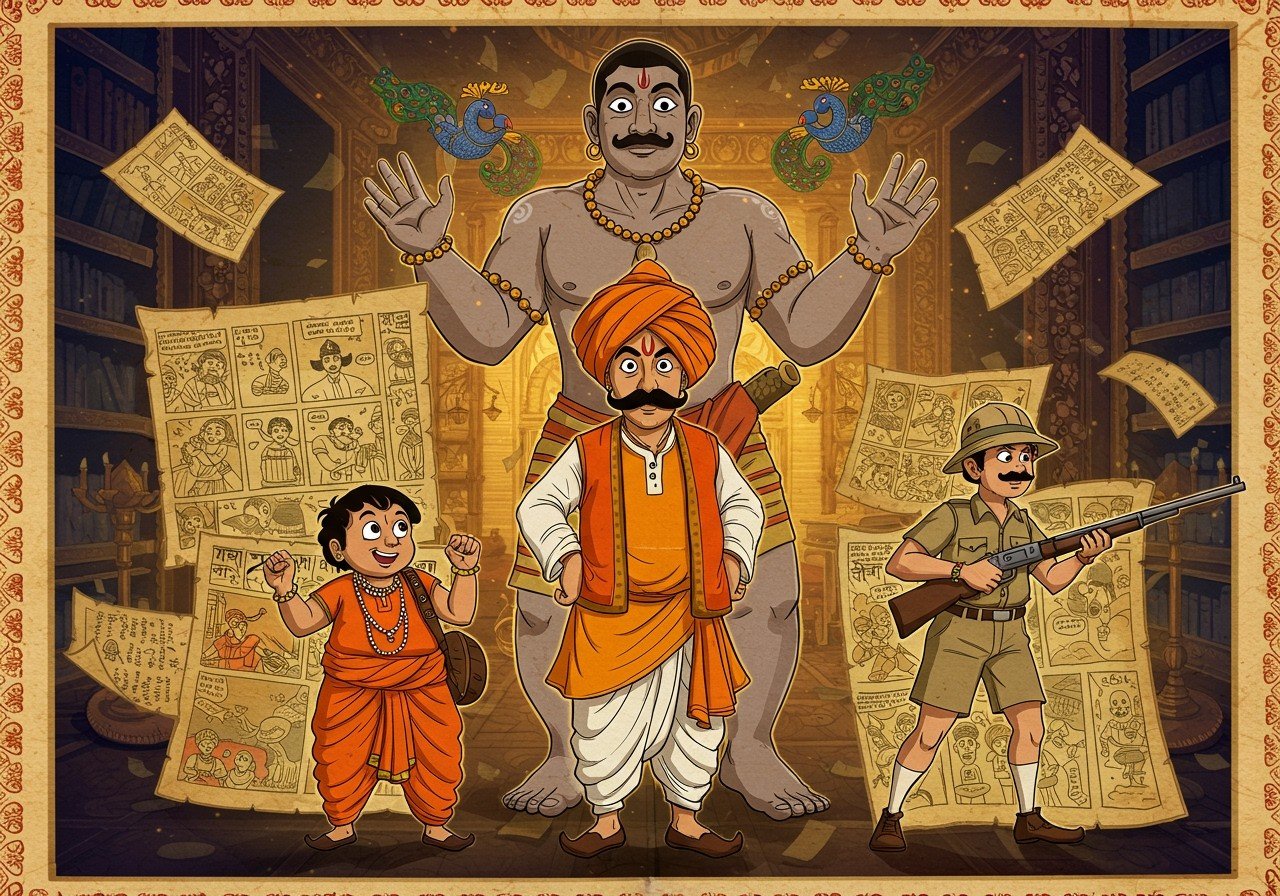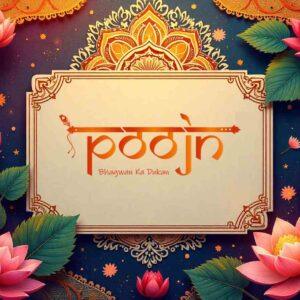
Indian comics offer a glimpse into the rich tapestry of India’s culture and traditions. These vibrant narratives, brimming with colorful art and engaging storylines, serve as both entertainment and cultural artifacts. Delving into Indian comics allows readers to connect with age-old myths and contemporary themes, bridging the gap between past and present.
What are Indian Comics Called?
Indian comics, known as Chitrakatha in Hindi, combine ‘Chitra’ (picture) and ‘Katha’ (story). This name emphasizes the importance of visual storytelling. Across India, different regions have their own names for comics, reflecting the country’s linguistic diversity. Unlike Western comics, which often focus on superheroes and action-packed plots, Indian comics highlight cultural themes and moral lessons. This unique style distinguishes them while still providing captivating stories for readers of all ages.
A Journey Through Indian Comics History
While the formal Indian comics industry emerged in the mid-1960s, India’s rich tradition of visual storytelling predates this period. Scroll paintings from Maharashtra, “Patua” storytellers in West Bengal, and the intricate patterns created by the Gondi people exemplify this heritage. These art forms laid the groundwork for the vibrant world of Indian comics.
Early Influences and Origins (Pre-1960s)
The early development of Indian comics was influenced by both traditional visual arts and Western cartoon styles. The Delhi Sketch Book, established in 1850, and Awadh Punch in 1877, featured cartoons and strips, utilizing caricature and satire. Inspired by the English magazine Punch, these publications paved the way for Indian comics.
- Traditional Visual Storytelling: India boasts a diverse history of visual storytelling through various art forms. Examples include scroll paintings (Maharashtra), “Patua” storytellers (West Bengal, Jharkhand, Bihar, Orissa), and wall and floor patterns by the Gondi people of central India. These traditions significantly contributed to the development of a unique visual language in Indian comics.
- Early Western Influence: Publications like the Delhi Sketch Book (1850) and Awadh Punch (1877) introduced Western cartooning styles to India. These publications featured cartoons and strips, often employing caricature and satire, similar to the English magazine Punch. This exposure to Western styles played a role in shaping the early forms of Indian comics.
The Rise of Comics (1960s-1990s)
The year 1964 witnessed the launch of Indrajal Comics by The Times of India, marking the beginning of the Indian comic book industry. Initially, they focused on translating and publishing syndicated strips like The Phantom, Mandrake, Flash Gordon, and Rip Kirby. Vetal ki Mekhla (The Phantom’s Belt) holds the distinction of being the first Hindi comic book.
Anant Pai, affectionately known as “Uncle Pai,” is a pivotal figure in Indian comics history. He recognized that Indian children were more familiar with Greek mythology than Indian mythology. This observation led him to create comics centered on Indian stories.
In 1967, Pai partnered with India Book House to launch the iconic Amar Chitra Katha (ACK) series. The series aimed to educate young readers about Indian culture, mythology, and history. Though it started with some Western stories, ACK quickly transitioned to focusing on Indian narratives, achieving widespread popularity.
- 1960s: The Dawn of Indian Comics: Indrajal Comics, launched in 1964, marked the formal beginning of the Indian comic book industry. They initially published translated versions of popular American strips. This period also saw the rise of Anant Pai (“Uncle Pai”), who played a crucial role in establishing Indian-themed comics.
- 1967: The Birth of Amar Chitra Katha: Pai’s Amar Chitra Katha (ACK) series, started in 1967, focused on Indian mythology, history, and culture. Though initially featuring some Western content, it quickly shifted to Indian narratives, becoming immensely popular and influencing generations of readers.
- Other Early Characters: This era also witnessed the creation of other notable characters. Batul the Great, created by Narayan Debnath in the 1960s, is considered one of India’s earliest superheroes. Pran Kumar Sharma’s Chacha Chaudhary emerged in the 1970s, becoming a beloved household name.
- 1980s: The Golden Age: The 1980s marked the peak of the Indian comic book industry. Diamond Comics, established in 1978, introduced popular characters like Billoo and Pinki. Genres diversified, including horror, thriller, and mystery, and sales soared, with some titles selling over 500,000 copies. The Heroes of Faith series sold a remarkable 5.5 million copies, demonstrating the widespread reach of comics during this period.
Decline (Late 1990s)
The late 1990s brought a decline in the popularity of Indian comics. The rise of cable television, the internet, and video games provided alternative forms of entertainment, leading to a decrease in readership for traditional comic books.
Current Status (2000s-Present)
While the peak sales figures of the 1980s (500,000+ copies) are a thing of the past, current sales figures hover around 50,000 copies. Despite this decline, Indian comics remain a vital part of India’s cultural landscape, connecting generations through stories that reflect the nation’s diverse heritage.
Traditional Indian Items and Practices in Comics
Traditional Indian practices and items like incense sticks, prayer beads, and spiritual figurines often find their place within the narratives of Indian comics, adding depth and cultural context to the stories. Poojn.in offers a wide selection of these items, allowing you to connect with the cultural elements depicted in these comics.
Explore authentic prayer beads, fragrant incense sticks, and beautifully crafted spiritual figurines at Poojn.in.
Conclusion
Indian comics represent a vibrant blend of history, culture, and artistic expression. From their origins rooted in traditional art forms to their golden age in the 1980s and beyond, they have captivated and educated generations of readers. Despite the changing media landscape, Indian comics remain a cherished aspect of cultural heritage, bridging the past and the present. By continuing to explore and appreciate these stories, we honor their legacy and ensure their endurance for generations to come. Consider supporting Poojn.in, India’s largest cultural goods and services store, to connect with the rich traditions highlighted in Indian comics.


